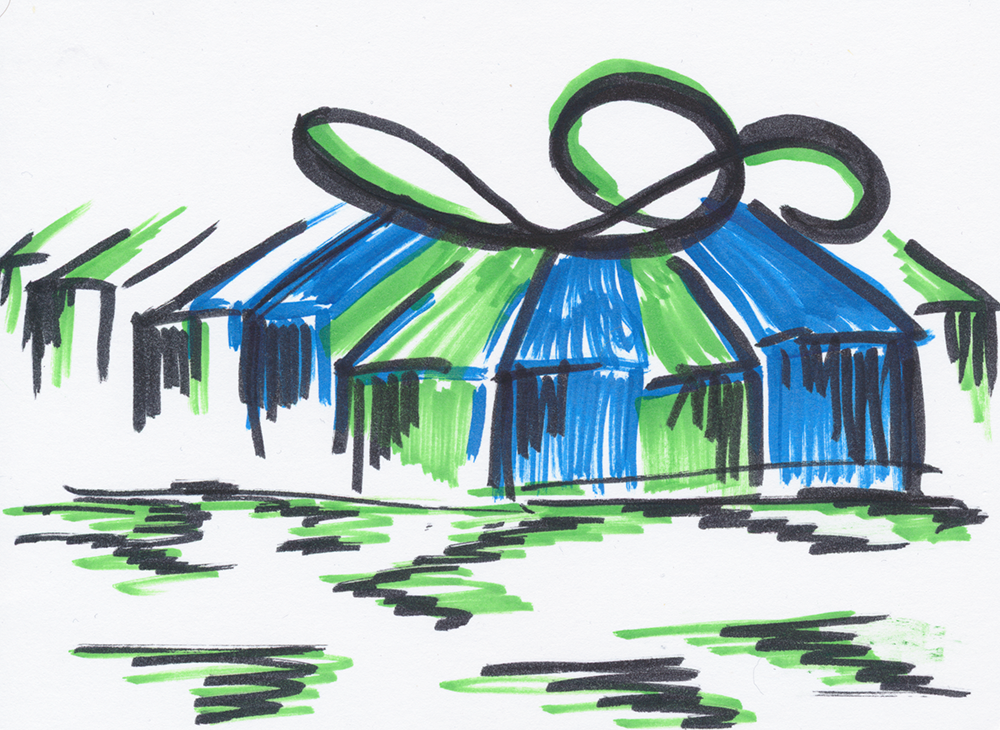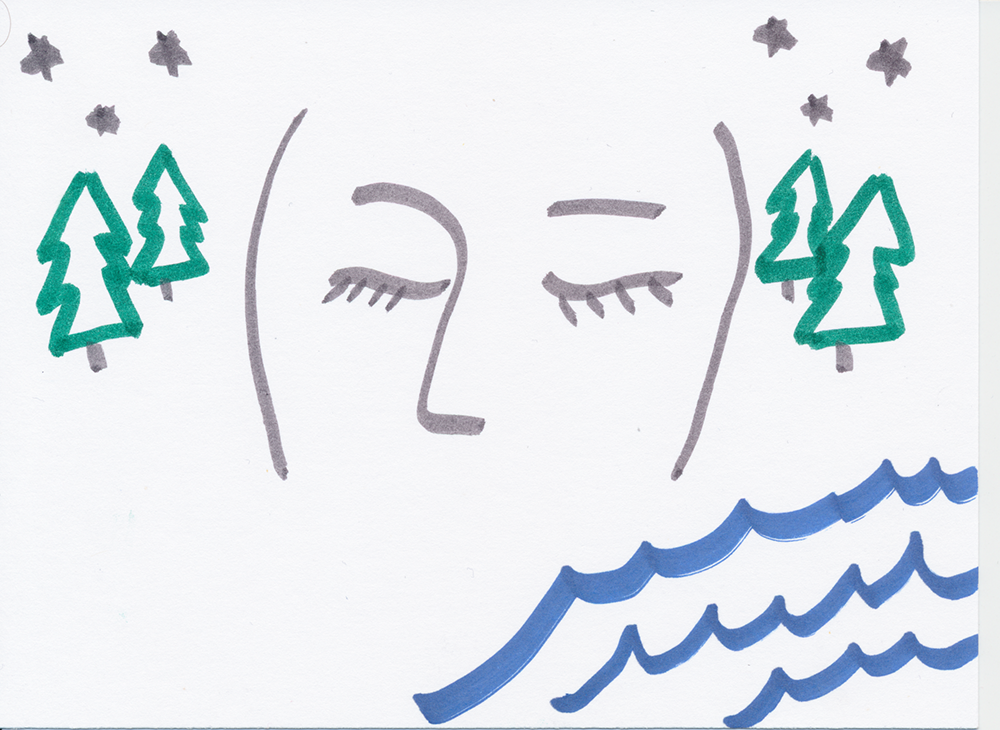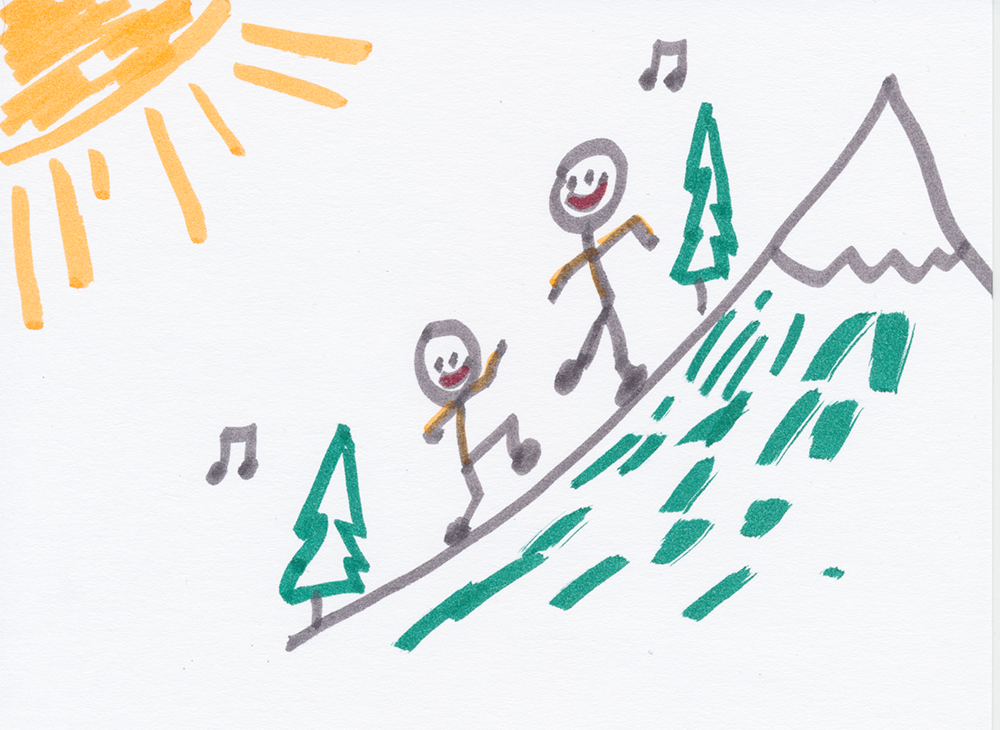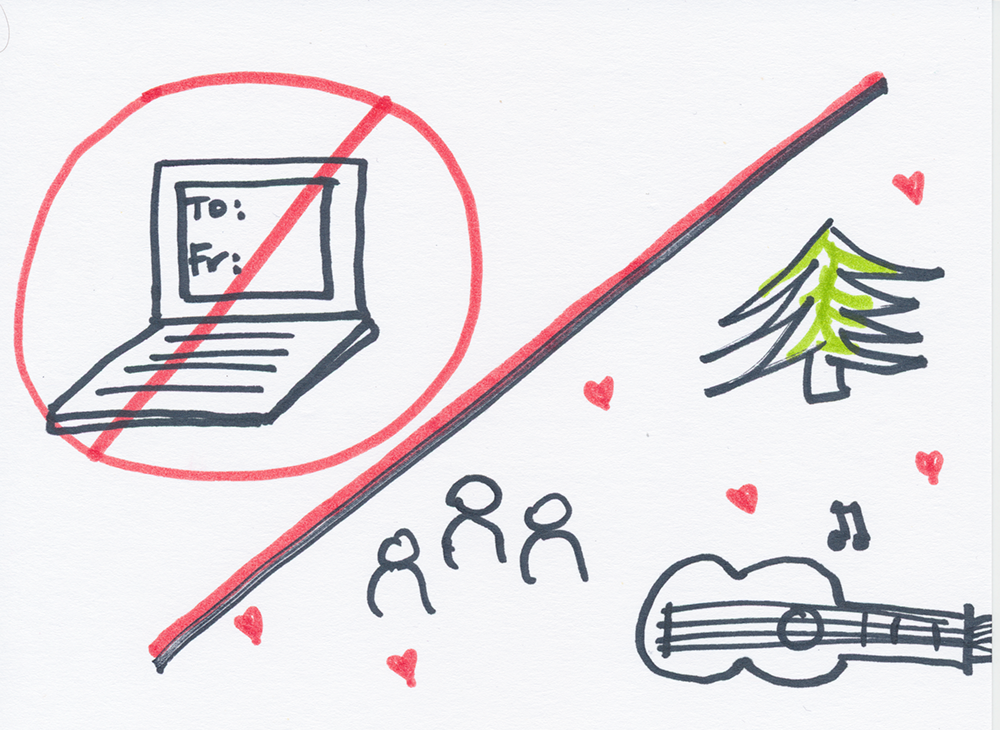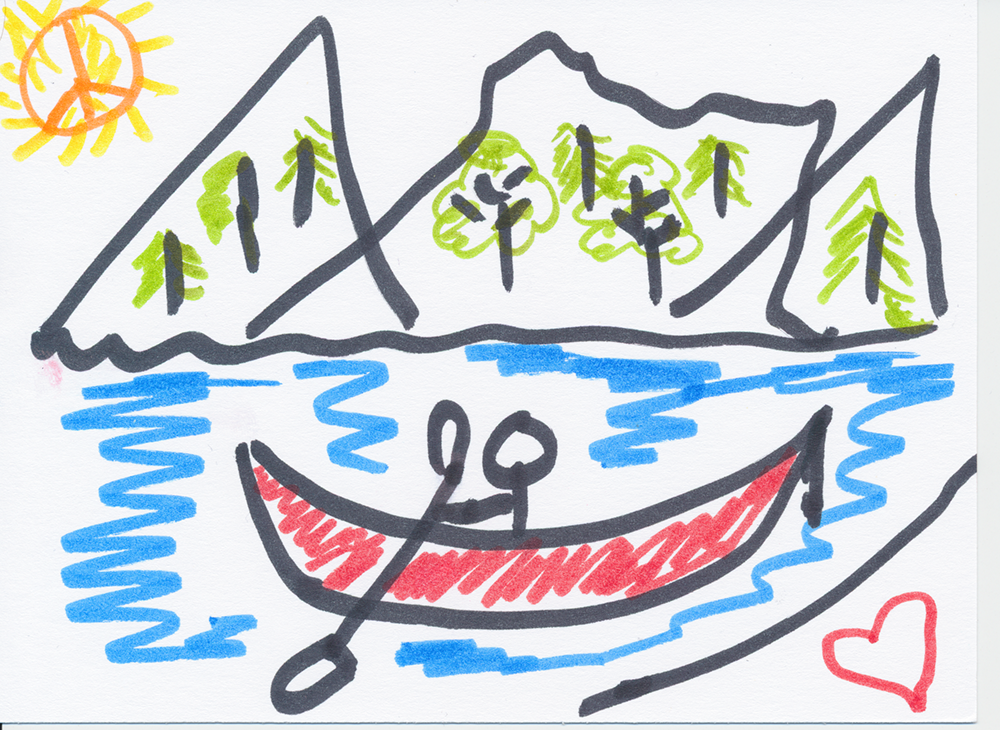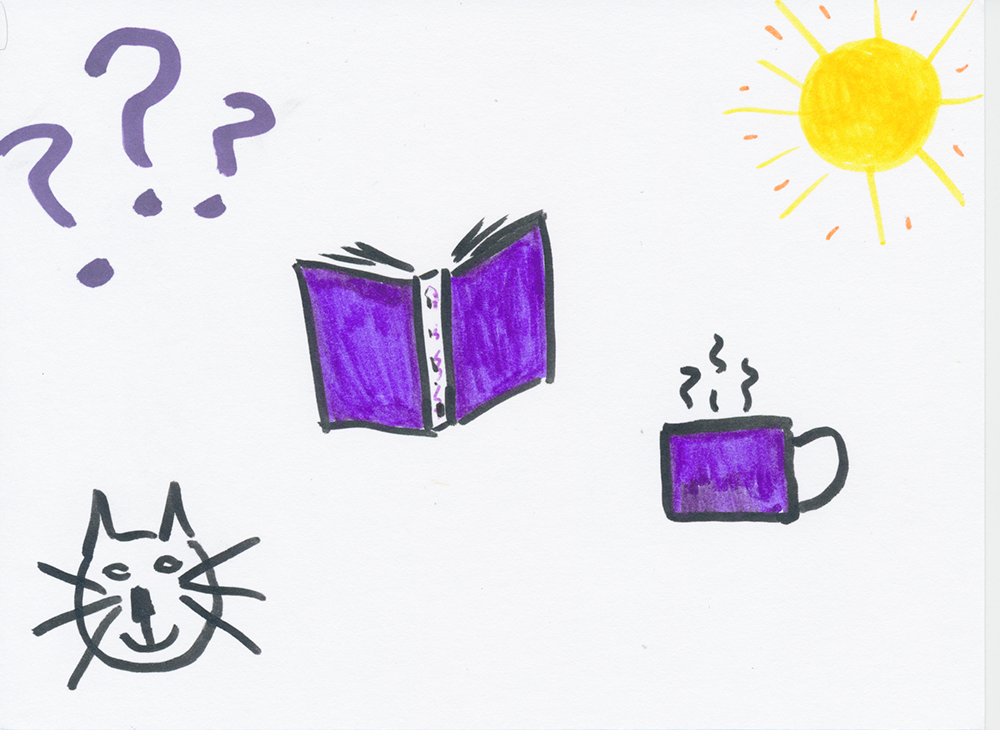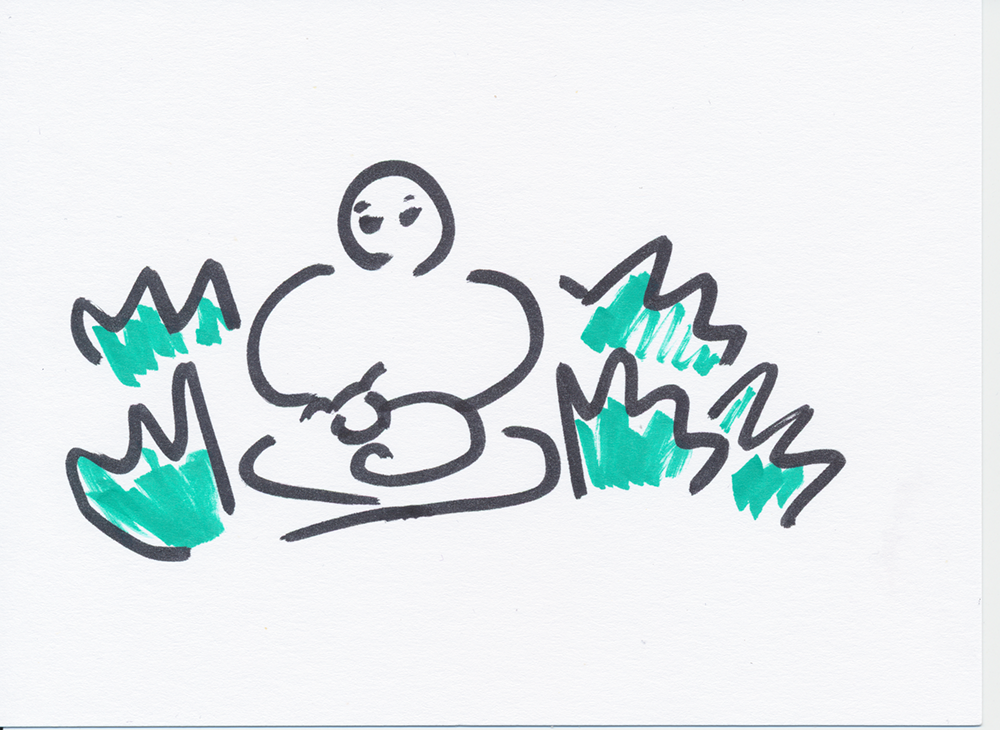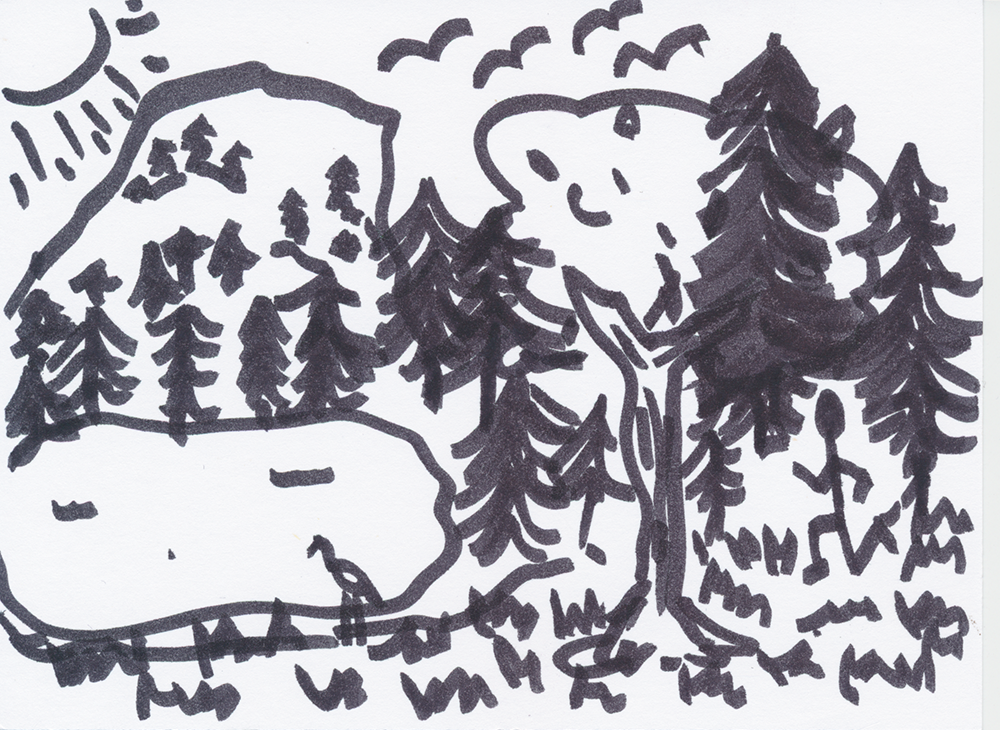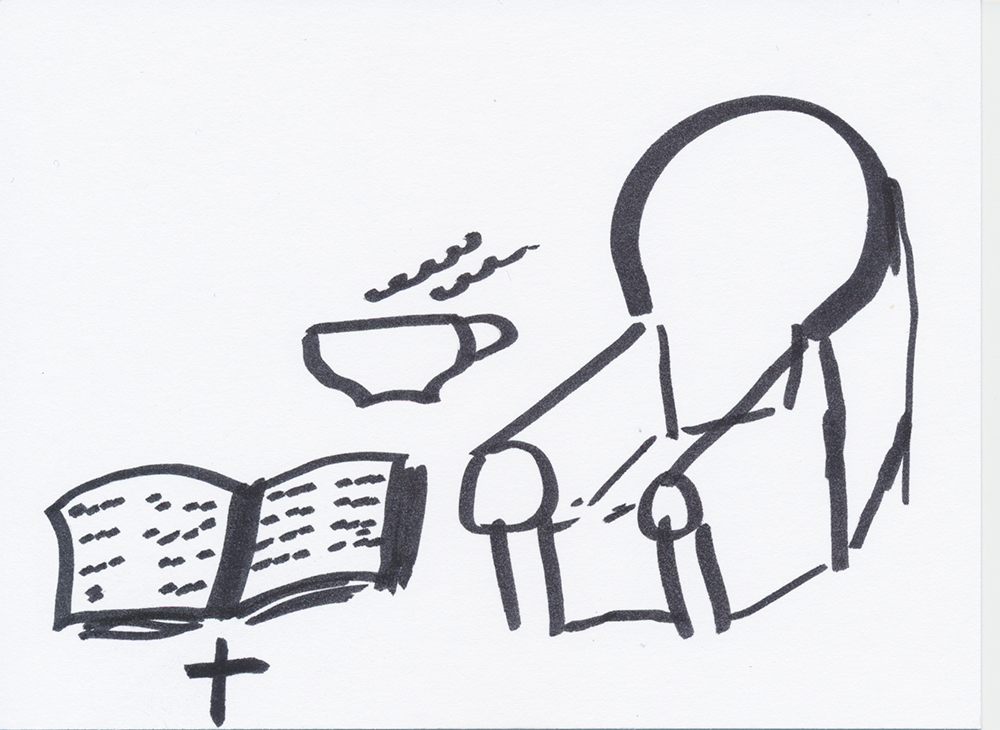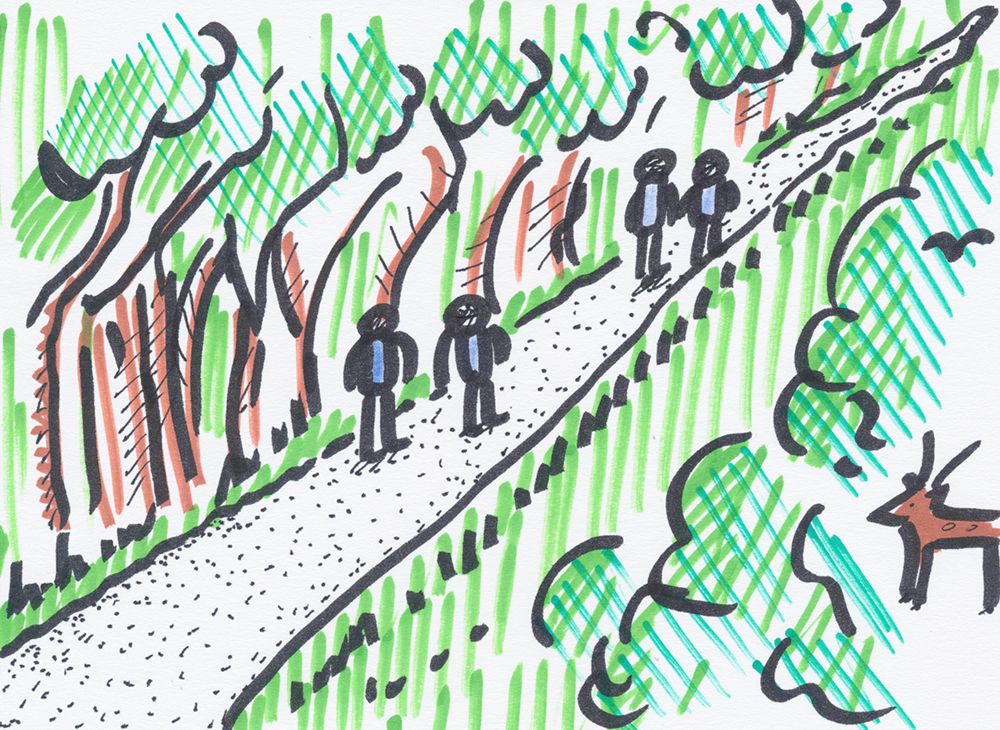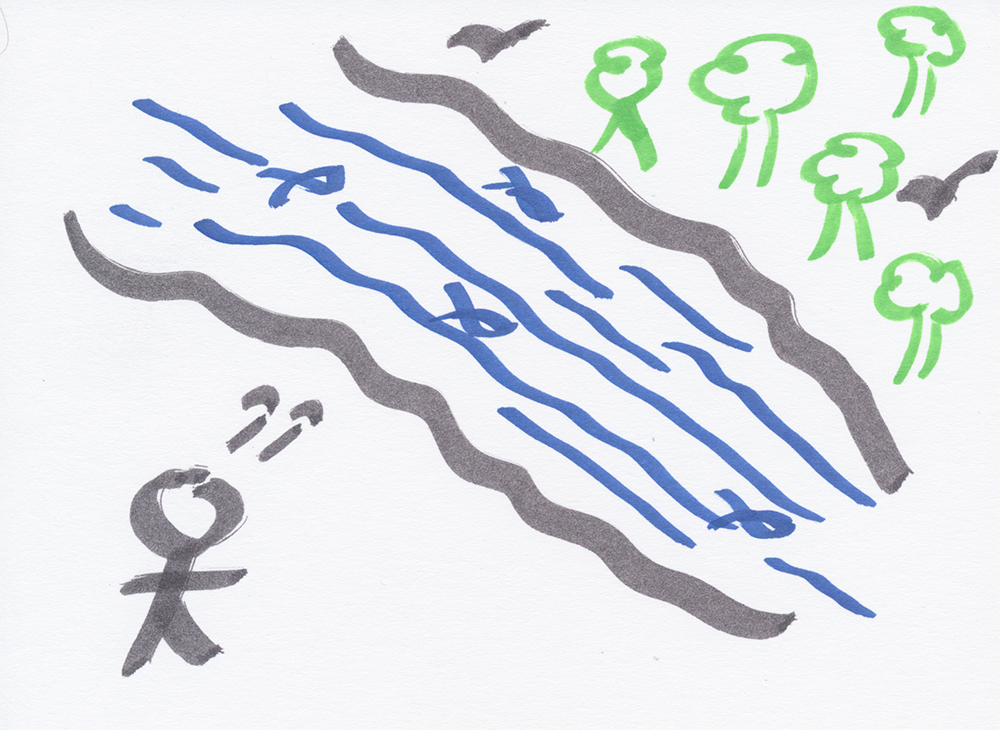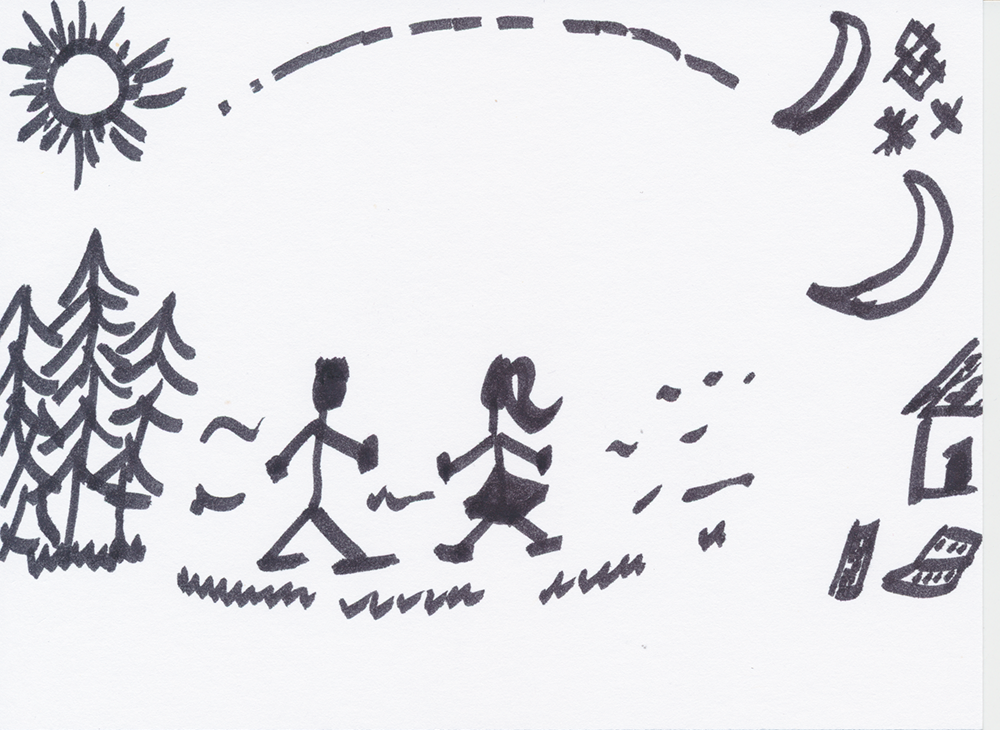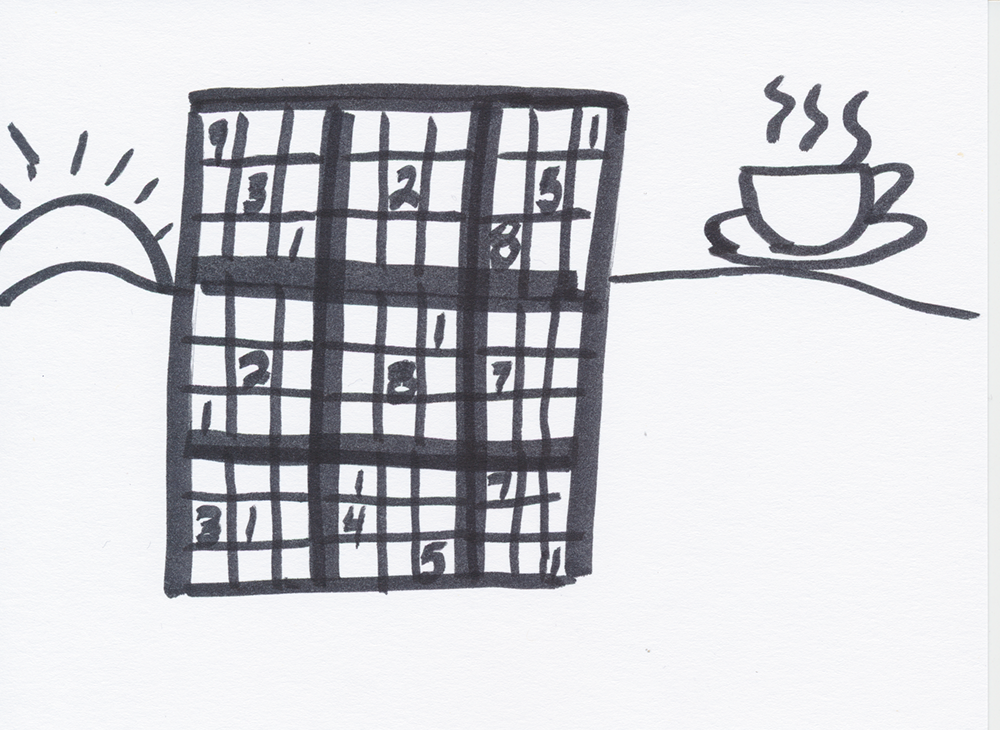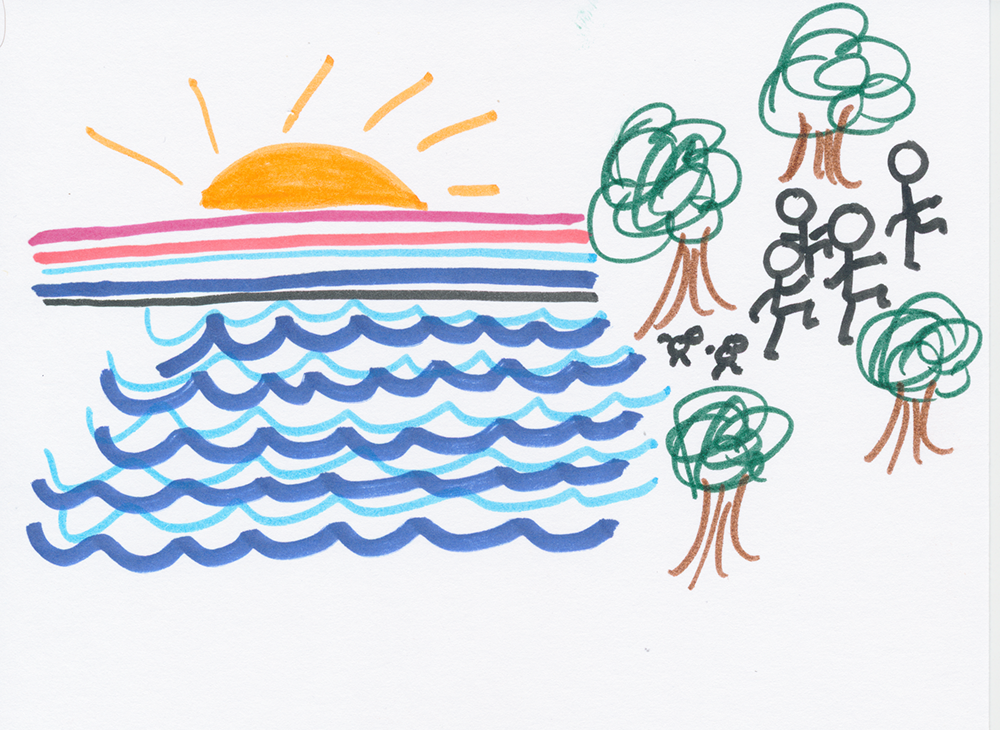In this studio style session, participants will collaboratively design, draw and assemble a shared toolkit in the form of a deck of cards reflecting aspects of their own self-care regarding their learning and teaching practices.
How can instructors take care for their students, if they do not first take care for themselves? This is the first assessment all emergency first responders must make, and should be the case for instructors as well. In this increasingly complex world, staying mindful of personal and professional priorities is strewn with challenges, but many of these challenges we all share, some are in effect universal.
Visual iconographies attempt to convey meanings that are also universal. Whether it’s a sports brands’ swoosh, a religious denomination, an emoji in your text message or to gender identify public washrooms, we engage with these sorts of ‘visual shorthand’ daily. We use them to convey complex information to each other, and we are well equipped to use such visual iconography in our own daily practices in the home, office or classroom.
Card decks are a popular product for facilitation, storytelling and play. (Eg. Group Works deck, Dixit Cards, Tarot cards etc) They allow users a multitude of affordances from the “drawing a card” to more complex and customizable interactions. In this way they are ideal for daily reflections that can be guided with random and serendipitous results.
Dr Jessica Motherwell and Jason Toal facilitate a generative card building activity with a series of techniques. Known as a graphic or icon ‘jam’, participants will first have the opportunity to visually explore some universal themes they experience when taking care for themselves in the classroom. Visuals are shared and discussed in an anonymous gallery walk, and sorted by the group. Through iteration and using several Liberating Structures techniques, the visuals will be compiled and synthesized to best represent the most relevant self-care themes of the group. Each participant will contribute at least one card to the final deck, and have the opportunity to download, print and assemble their own deck as an open educational resource.
Connection to research literature
iconography, which, as described by Panofsky, is an approach to studying the content and meaning of works of art that is primarily focused on classifying, establishing dates, provenance and other necessary fundamental knowledge concerning the subject matter of an artwork that is needed for further interpretation.[3]

